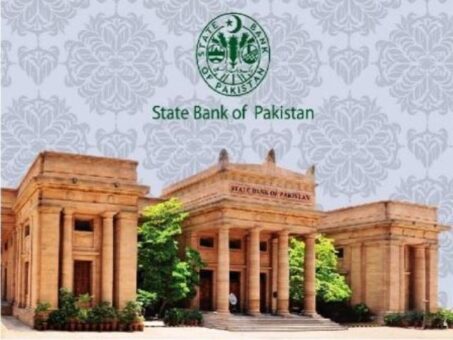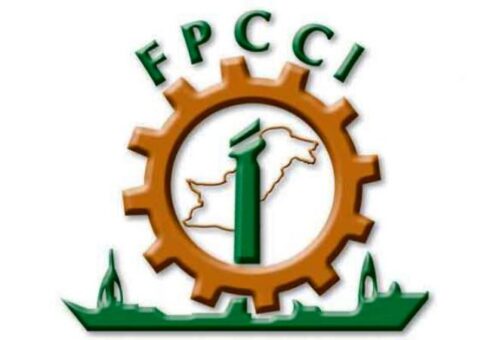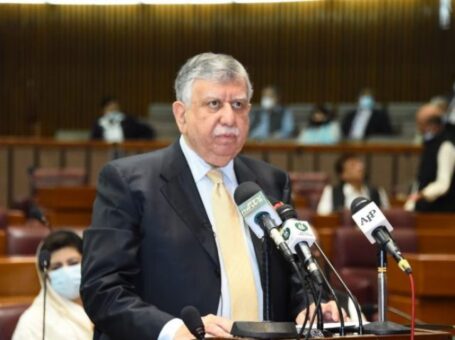KARACHI: The State Bank of Pakistan (SBP) on Monday issued a clarification on media reports regarding the monetary policy decisions.
The SBP said that over the past few weeks, certain sections of the media including op-eds have expressed concerns over the actions of the SBP, particularly with regard to monetary policy decisions and the role of the Covid-related monetary accommodation in fueling the currently elevated inflation outturns.
The SBP would like to address these concerns and offer some clarifications.
First, while referencing the status quo monetary policy decisions in the earlier half of 2021, certain op-ed have implied that the central bank had absolved itself of its responsibility to combat inflation when it was rising.
Such points are all easier made in hindsight but let us remind ourselves what the situation was actually like back in May and July 2021. Demand-side pressures appeared contained with spare capacity in the economy, price pressures were concentrated in a few items, wage growth was subdued and inflation expectations were reasonably anchored.
Moreover, any inflationary concerns were dwarfed by the fact that Pakistan was going through the 3rd and subsequently the more virulent and uncertain 4th Delta-variant wave of Covid-19. There were a few occasions when micro lockdowns were imposed, while the vaccine rollout was not as extensive as it is currently.
Globally as well, Covid cases were spiraling upwards, driven primarily by the Delta variant. At such a time of elevated uncertainty about the future trajectory of the pandemic, the Monetary Policy Committee adopted a prudent policy stance by keeping interest rates unchanged, so as to not preemptively disrupt economic activity.
It is quite easy, in hindsight, to criticize this decision even though no tangible alternatives were proposed in the op-eds or elsewhere at the time.
By contrast, policymaking involves taking calculated decisions in real-time, when the future is uncertain and considerations need to be carefully balanced. This is especially so in the face of a shock like Covid, for which policymakers have no rulebook.
Second, in the midst of a once-in-a-century pandemic, it would be imprudent to solely superimpose classical economic theories onto data outturns.
Policymakers, economists and businesses around the world did not know how the global or domestic economy would evolve in response to mobility restrictions of varying stringencies in different locations.
Similarly, there was, and in fact continues to be, heightened uncertainty regarding price-setting behavior. For instance, there is an on-going debate in global policy circles and financial markets over whether the ongoing bout of inflation is transitory in nature or not. In the face of an unprecedented shock like Covid, invoking supposed historical, text-book patterns of overheating, as in the op-ed, is facile.
Under such circumstances, as policymakers around the world acknowledged, the costs of normalizing policies too soon outweigh those of waiting for more clarity on the path of inflation and output.
As that uncertainty has recently waned in Pakistan, monetary policy is being appropriately normalized.
Third, some commentary has seemingly attributed the currently higher inflation to the growth in broad money supply.
In this regard, the SBP would like to point out that at the start of the pandemic in March 2020 and for the subsequent few months, real broad money balances were in fact below the pre-Covid trend. If allowed to continue, a liquidity crisis would have turned into a solvency one, multiplying the contractionary impact of Covid-19 on real GDP growth.
To stave off this stark outcome, and to extend the needed support to businesses and households, the SBP and the government introduced unprecedented stimulative policy measures.
As a consequence, real money balances recovered as intended. Not providing this support would have risked worsening and prolonging the loss in output and employment that accompanied the Covid shock.
Lastly, the SBP would like to reiterate that its policy stance is geared towards price stability, while playing its due role in contributing to economic growth and development.
Getting this balance right through the various stages following Covid has been the key goal of monetary policy, and helps explain the path of policy actions.


